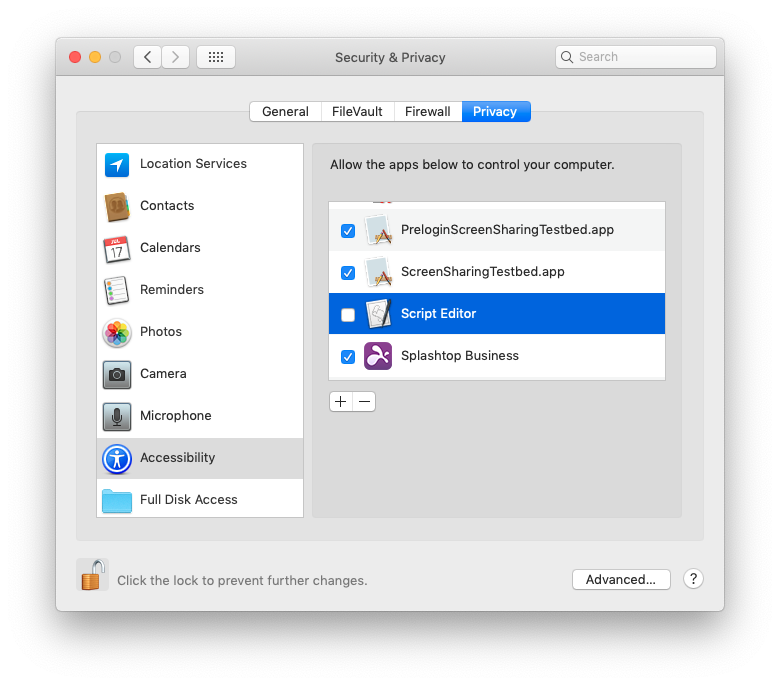

- #Mac shutdown shortcut touch bar how to
- #Mac shutdown shortcut touch bar update
- #Mac shutdown shortcut touch bar mac
The left-most menu bar icon will be highlighted. You might think the only way to use this icons is with your mouse, but you’re wrong: you can trigger your menu bar icons by pressing Fn+Control+F8 on your keyboard. The menu bar doesn’t just hold the application menu: it also holds a number of icons related to your applications and settings.
#Mac shutdown shortcut touch bar how to
In Safari, this will even search your bookmarks and history! How to Launch Your Menu Bar Icons With a Keyboard Shortcut Type whatever you’re looking for, and hit “Enter” when you’ve found it.
#Mac shutdown shortcut touch bar mac
The “Help” section is the most useful thing in the menu bar, allowing you to quickly search for any menu item and instantly execute it, while also seeing where it is for future reference.Īnd there’s a keyboard shortcut for this specific feature! Press Command+Shift+/ and it will open. Shift + Control + Eject / Power Restart Mac Using Keyboard Shortcut Last but not the least, you can restart your Mac at any given time by pressing the following key combination: Control + Command +. How to Trigger the “Help” Search With a Keyboard Shortcut That shouldn’t be hard: the keyboard shortcuts are right there in the menu if you know how to interpret those weird Mac symbols. It’s faster in almost all cases to use the specific keyboard shortcut for a given command, so try to learn those. Alternatively, one can also use: killall -STOP 'ControlStrip'. This will suspend the touch bar, which will now become unresponsive. Open the terminal and type kill -STOP pidnum. This is useful if you don’t know quite what you’re looking for: browse until you find it. Find the touch app process in the 'Activity Monitor', in my case named 'Control Strip'. RELATED: What Do the Mac Keyboard Symbols Actually Mean? You’ll know it’s working when you see the Apple logo highlighted in blue, like this:įrom here you can use the arrow keys to browse the menu. keys as standard function keys ticked, you can change the original F1 key shortcut to something else first and then set the F1 key (without the need for the fn key) as your keyboard shortcut.How to Launch the Application Menu With a Keyboard Shortcutįn+Control+F2 will make the application menu portion of the menu active.

However, if you do want to leave Use all F1,F2, etc. keys as standard function keys is not ticked was because you wanted to set the keyboard shortcut on a key that is already used for something else.

NOTE: The reason at Step 4 I wanted you to ensure that the Use all F1,F2, etc. Now you should be able to just press the fn F1 key combination to shutdown your MBP. In the Keyboard shortcut field press the fn and F1 keys.In the Menu Title field type this in exactly: Shut Down.Leave the Application drop-down as All Applications.Click " +" symbol at the bottom of the right pane.Select App Shortcuts in the lefthand column.keys as standard function keys is not ticked Make sure that the Use all F1,F2, etc.
#Mac shutdown shortcut touch bar update
If there is no way to get that to work, you could add your own custom keyboard shortcut to achieve what you want, but that will mean changing some of the other Function Key behaviours - if this is an acceptable option and you need assistance to do this, let me know and I'll update this answer.Īs requested via comments, here are the steps to creating a custom keyboard shortcut using one of your Function keys to replicate the Control Option Command Power button combination: Otherwise, what actually happens if you still use the Control Option Command and the Power combination, remembering that in your case the Touch ID doubles up as your Power button? Since you have a Touch Bar model, I suspect you will just need to ensure you're in the right interface to see the Eject key option. Of course, if you have any open documents that have not been saved you'll be asked whether you want to save them. Regardless, both of these keyboard shortcut combinations will quit all apps and shut down your Mac. The other one was to use Control Option Command and the Eject key instead of the Power button. The keyboard shortcut you refer to was actually only one of two keyboard shortcuts that worked the same way.


 0 kommentar(er)
0 kommentar(er)
